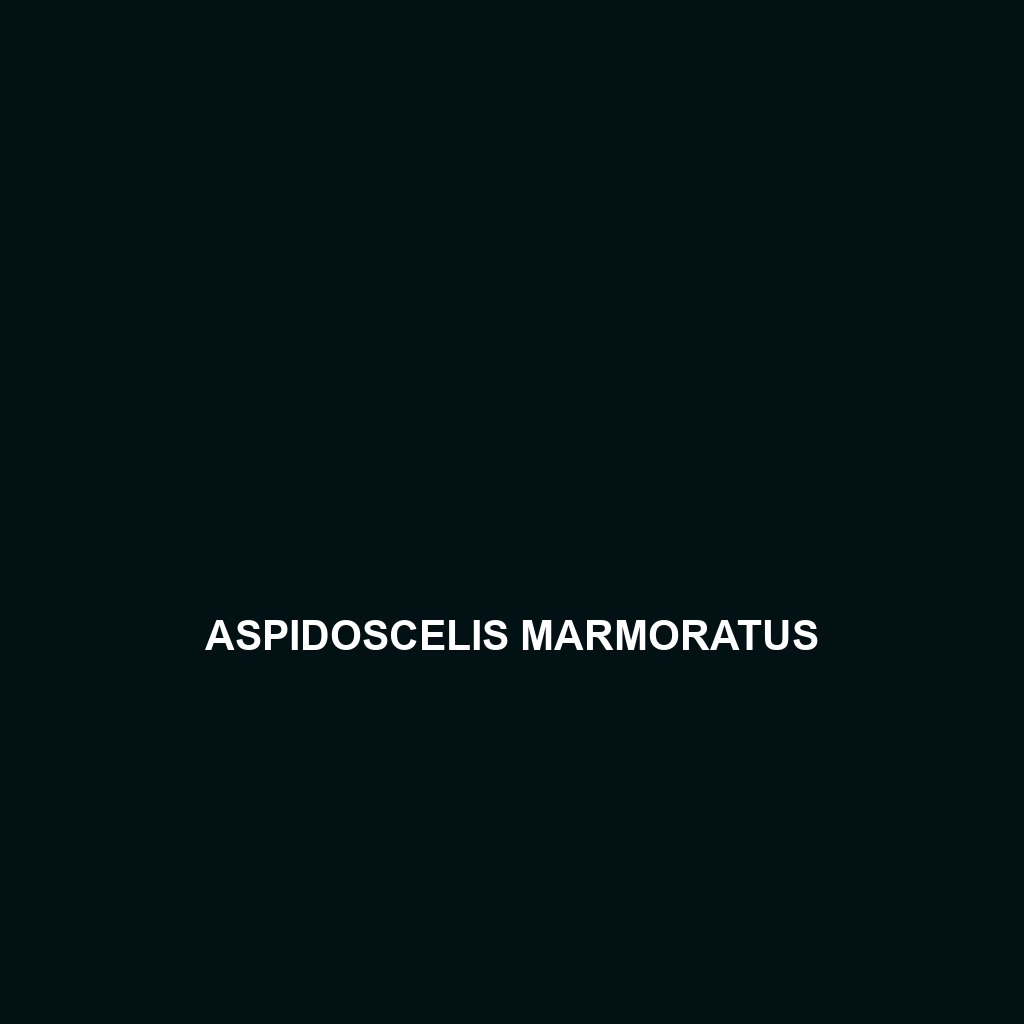Species Description: Boiga multomaculata
Common Name: Boiga multomaculata
Scientific Name: Boiga multomaculata
Habitat
Boiga multomaculata, commonly known as the many-spotted cat snake, is primarily found in Southeast Asia. This species inhabits a variety of environments, including tropical rainforests, wetlands, and cultivated areas. Its geographic range extends across countries such as Indonesia, Malaysia, and Thailand, where it thrives in humid conditions that support its prey availability. The presence of dense foliage and proximity to water bodies are crucial for its habitat.
Physical Characteristics
This species is notable for its distinctive appearance. Boiga multomaculata can grow to an average length of 1.5 to 2 meters (approximately 4.9 to 6.6 feet). The body is slender and elongated, with a characteristic smooth scale texture. Its coloration varies but typically features a combination of browns, greens, or grays interspersed with distinct black or dark brown spots, providing effective camouflage among foliage. These striking physical traits make the many-spotted cat snake easily distinguishable from other species.
Behavior
Boiga multomaculata is primarily nocturnal, exhibiting active hunting behaviors during the night. This snake is known for its arboreal lifestyle, often seen resting on branches during the day. It demonstrates fascinating hunting tactics, including the ability to climb effectively in search of prey. Due to its skilled climbing ability and adaptability, the many-spotted cat snake is often sought after by reptile enthusiasts, which has spurred interest in its behavior and ecological role.
Diet
The diet of Boiga multomaculata consists mainly of small vertebrates, including rodents, frogs, and lizards. As a carnivorous species, it employs ambush tactics to capture its prey, demonstrating significant agility and precision in its feeding habits. The snake’s ability to swallow prey larger than its head—a common trait in many snake species—highlights its role as an effective predator in its ecosystem.
Reproduction
Boiga multomaculata breeds seasonally, typically during the wet months in its habitat. Females lay between 5 to 15 eggs per clutch, which they incubate in protected areas such as leaf litter or under tree bark. After approximately 60 to 70 days, the eggs hatch, resulting in juvenile snakes that are independent from birth. Notably, maternal care is minimal, reflecting a common reproductive strategy among many snake species.
Conservation Status
Currently, Boiga multomaculata is classified as “Least Concern” according to the IUCN Red List. However, local populations may face threats from habitat destruction and human encroachment. Conservation efforts are essential to maintain healthy ecosystems where this species can thrive.
Interesting Facts
One fascinating aspect of Boiga multomaculata is its remarkable ability to expend energy efficiently while climbing. It can maneuver through trees and shrubs effortlessly, making it an adept predator. Additionally, this species has been noted for its varied color patterns, which can change slightly with environmental factors, further enhancing its camouflage.
Role in Ecosystem
As a predator, Boiga multomaculata plays a critical role in controlling populations of small mammals and amphibians, thus maintaining ecological balance. Its interactions with other species, including both prey and potential competitors, underscore its importance in the biodiversity of Southeast Asian ecosystems. Protecting the habitats of this snake is crucial for preserving the intricate web of life within its environment.
